by Angela Szesciorka, Vertebrate Ecology Lab
This summer I hopped on a plane, flying 29 hours one way (via Paris — ooh la la) over a period of three days to spend nearly a month on the island of Madagascar working on my pilot study.
Madagascar, a former French colony until 1960, is the fourth largest island in the world. Don’t let it fool you. It looks so tiny next to Africa, but it has 44 percent more area than California, and boasts more than 4,800 km of coastline.
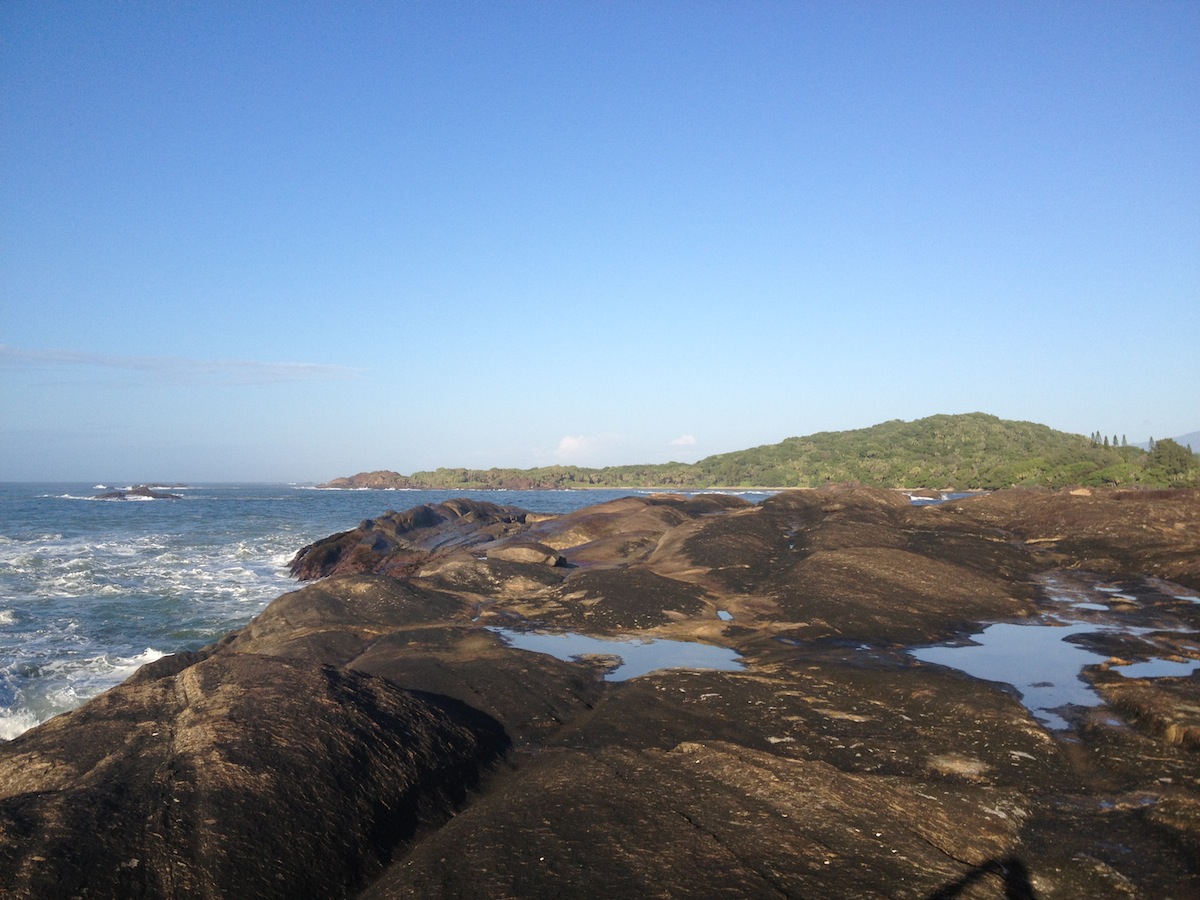
Most of the country's export revenue comes from textiles, fish/shellfish, vanilla, and cloves. Newer sources of income include tourism, agriculture, and extracted materials (titanium ore, chromite, coal, iron, cobalt, copper and nickel). Madagascar provides half of the world's supply of sapphires! But with a GDP of around $20 billion, The Economist rated Madagascar as the worst economy in 2011. Most of Madagascar's inhabitants are subsistence livers, meaning they live off of what they can grow or catch.
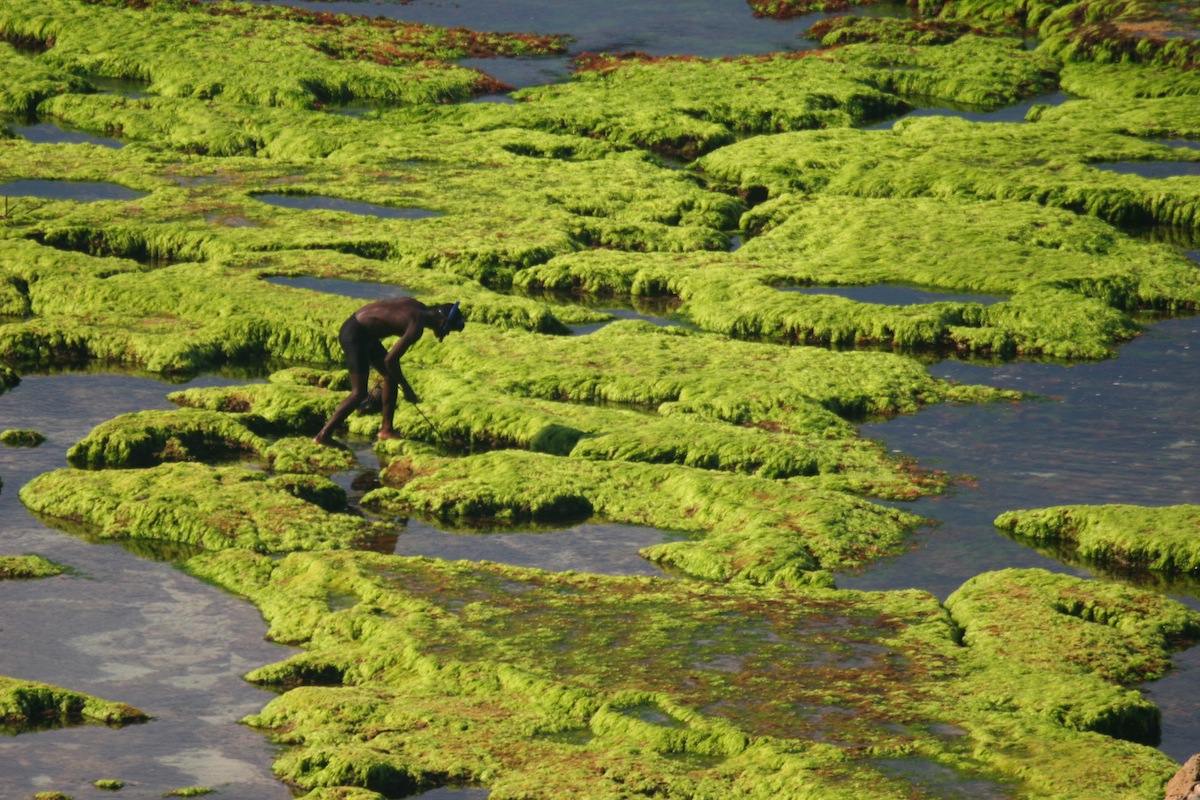
This was their austral winter, so even though it was hot there (like a California summer), orange and yellow leaves were falling from the trees. In fact, the locals were freezing. While I wore shorts, they wore winter coats. And unfortunately, since it was winter, most of the snakes were hibernating, as well as the fossa — a cat-like carnivore closely related to the mongoose.
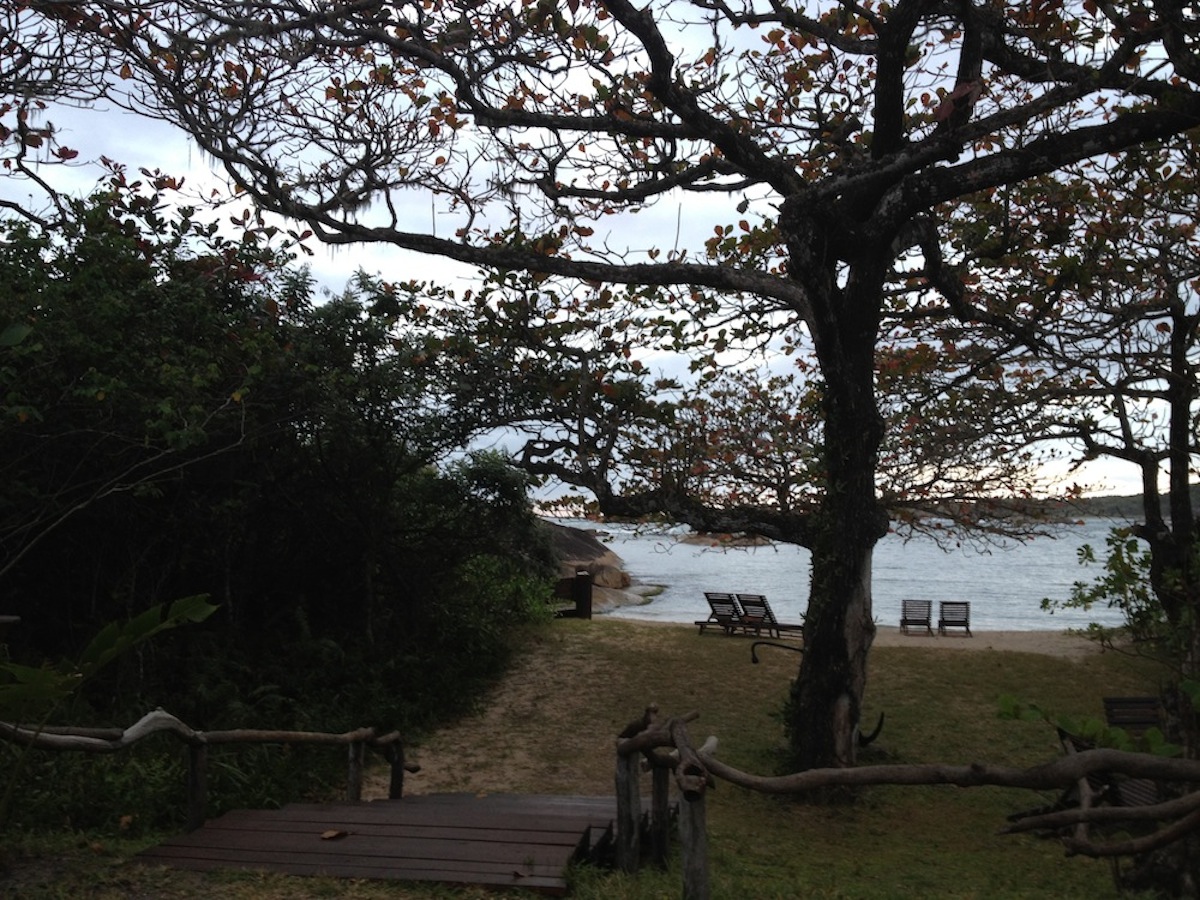
I did see some lemurs — many brown lemurs, a gray-brown mouse lemur, and a wooly lemur. I also saw a few exotic birds — pied crows, a malachite kingfisher, a pygmy kingfisher, many white-faced whistling ducks, and two green pigeons. I saw countless insects and some really cools plants (a tropical cactus?!?).
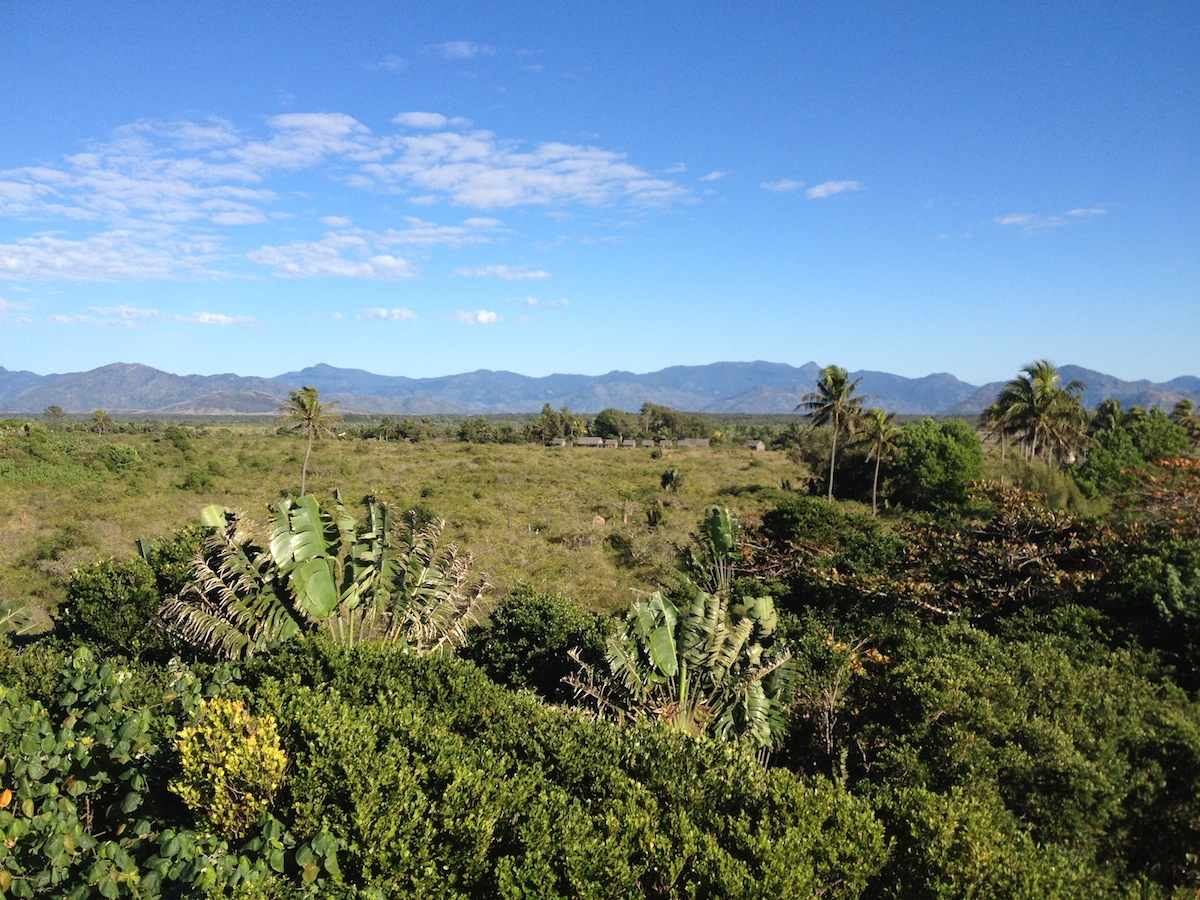
For my pilot study, I decided to go to southeast Madagascar (Sainte-Luce) to investigate the humpback whales that migrate there every year from their feeding grounds in Antarctica to breed and raise their calves. Although a nonprofit called the Wildlife Conservation Society has researched humpbacks in Antongil Bay in northeast Madagascar for 16 years (and to some extent the northwest and southwest), no one had ever gone to the southeast to see if humpback whales were even there.
So, naturally my first question was, 'Are they there?'. If they were there, I wanted to start creating photographic and genetic catalogues of the individual adult whales in the area to compare them with whales that had been catalogued in the other regions off the coast of Madagascar.
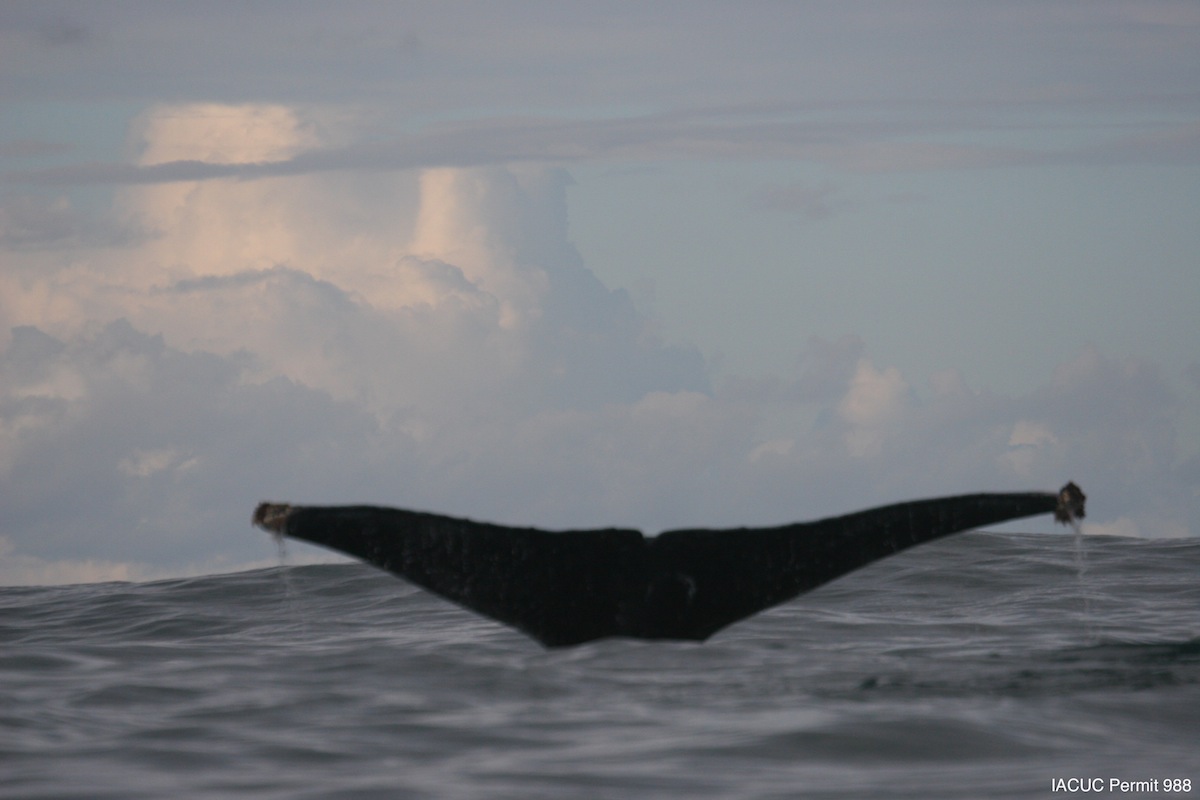
To determine if they were the same individuals, we first would match photographs of flukes from the southeast region of Madagascar with photographs of flukes from other catalogues created in other regions around the coast of Madagascar. Humpback whale flukes are like human fingerprints; they are unique to each individual whale. Then we would look to the mitochondrial DNA (mtDNA) and microsatellites to confirm that they were the same individuals. Mitochondrial DNA is inherited from the mother and not highly conserved. Microsatellites are short tandem repeats (STRs), repeating sequences of base pairs on DNA. Both are useful for studying kinship.
I spent most of my time in Sainte-Luce. Sainte-Luce is a commune 35 km north of the southern coast of Madagascar, and about two hours north of Fort Dauphin, a former major European and Indian port. It takes two hours to get there because there are no roads to Sainte-Luce, meaning you need a jeep with 4-wheel drive just to get there. And when you arrive you and all your belongings are covered in the prominent red soil.
My accommodations were humble; a small hut in the bush with the local villagers. I took anti-malarial medicine every day to prevent falciparum malaria, the form of malaria with the highest mortality rate. I also had packed enough fiber, protein, and granola bars for a small army — as a vegetarian it would have been almost impossible to feed myself here, especially since there was no real access to food in Sainte-Luce.
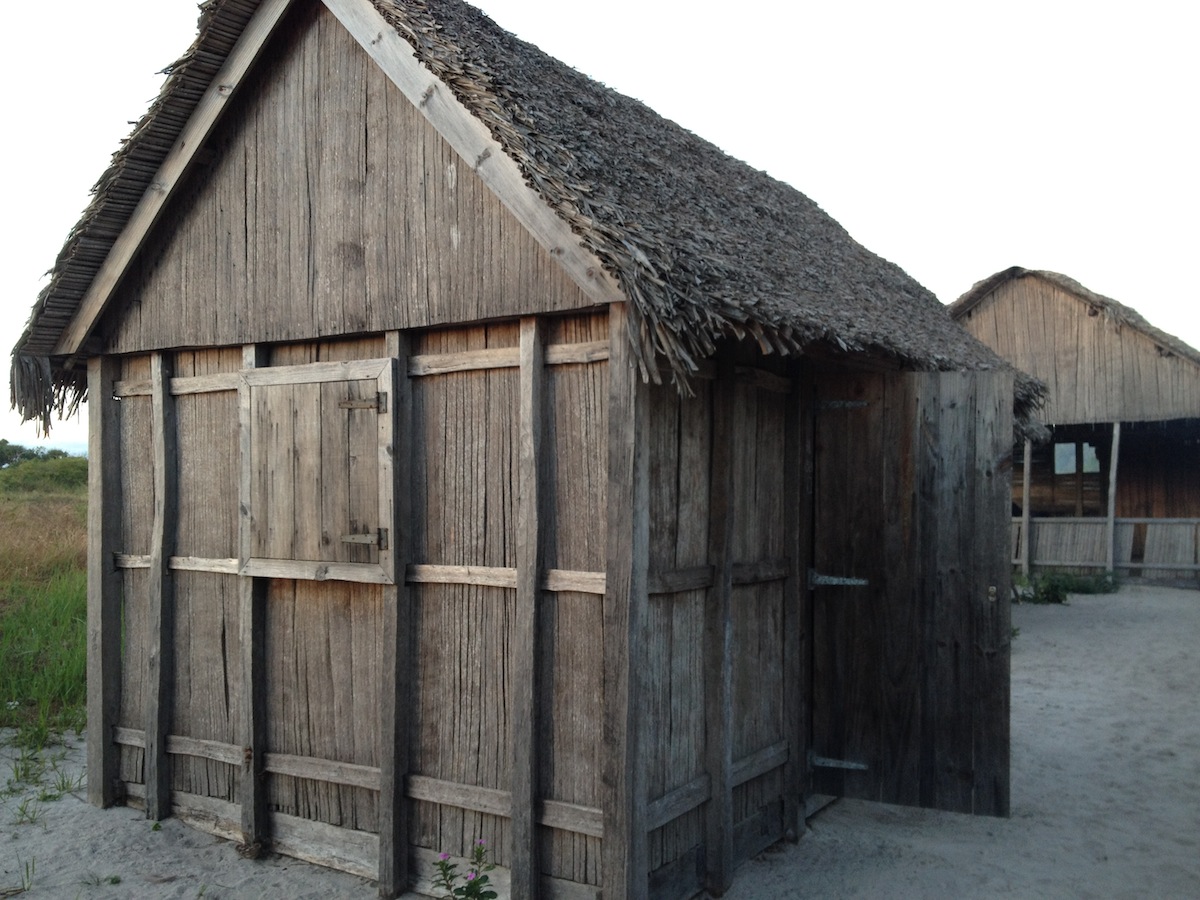
I even used the bush shower, which really is just a bucket of water in a small enclosure on the sand.
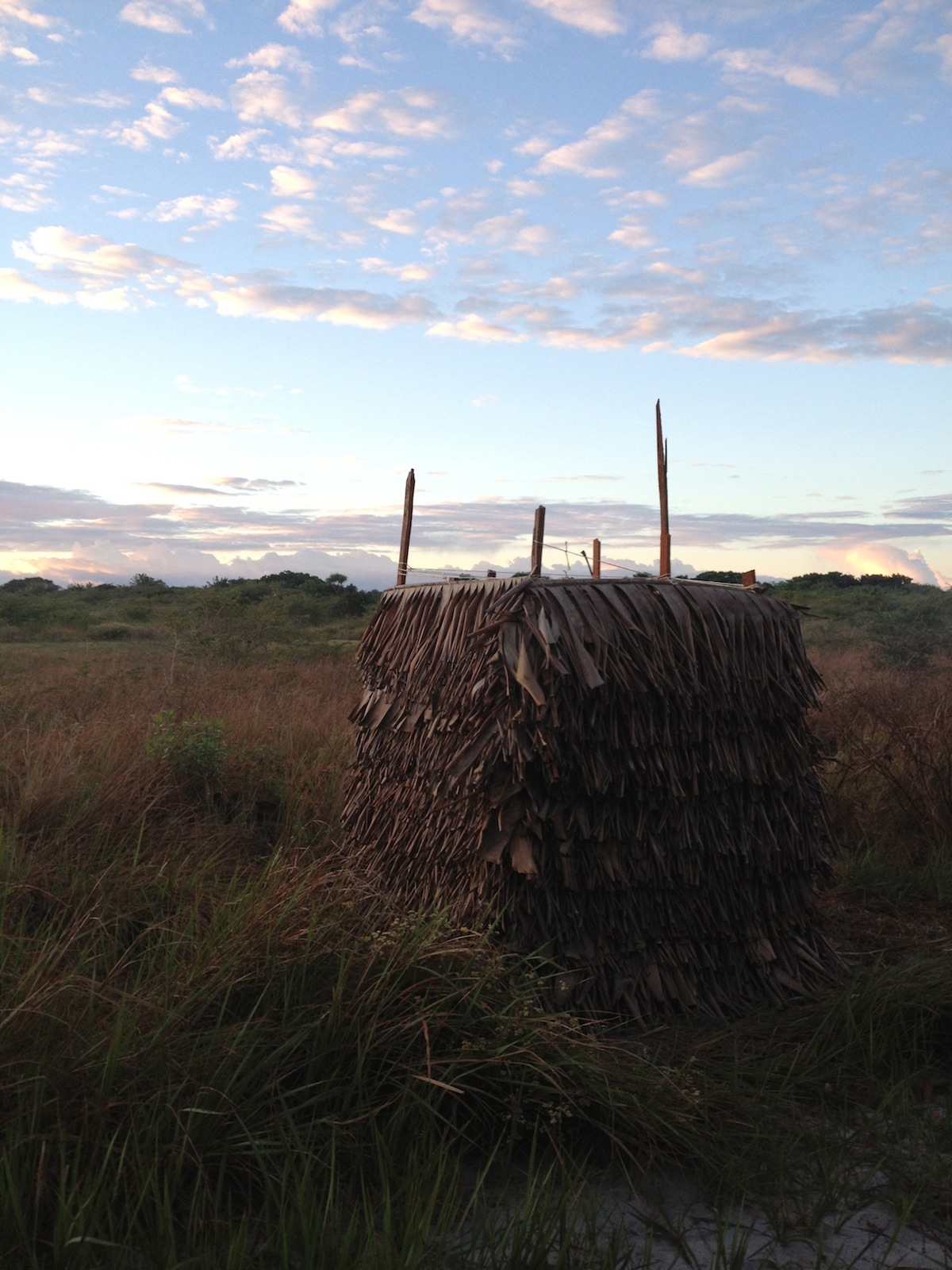
A local village woman was kind enough to boil water for me in the mornings so that I could take a hot shower. Although I felt bad imposing on her and the other village women so I boiled my own water and hand-washed my clothes — a first!
I learned rather quickly that no matter how prepared you are, things will go wrong in the field. Especially when you are in an isolated place like Sainte-Luce. And some things you just cannot know until you get there.
Things like access to running water, electricity, boat size, motor strength, safety, watered-down fuel, appropriate staff, and weather can greatly affect the success of a project. As you can guess I faced all of these issues at one time or another while I was there.
This of course is the real test. It’s how you deal with these issues that will determine how successful you are; not only in grad school but in life. And that means being smart enough to realize that a project is not a 'no', it’s a 'not now'.
A lot of these issues would be easy enough to mitigate given enough time and patience. The weather was a different story. When you can only go out every three or four days because of high winds and unsafe boating conditions, it makes it hard to collect a good amount of data. The next step in my journey was coming up with clever ways to get data on these whales, like aerial surveys or acoustic monitoring.
Toward the end of my trip, I went to Fort Dauphin, an extremely windy and dusty city. After a day in the wind, you’d find dust all over your clothes, in your ears, and in your hair. (So glad I brought q-tips.)
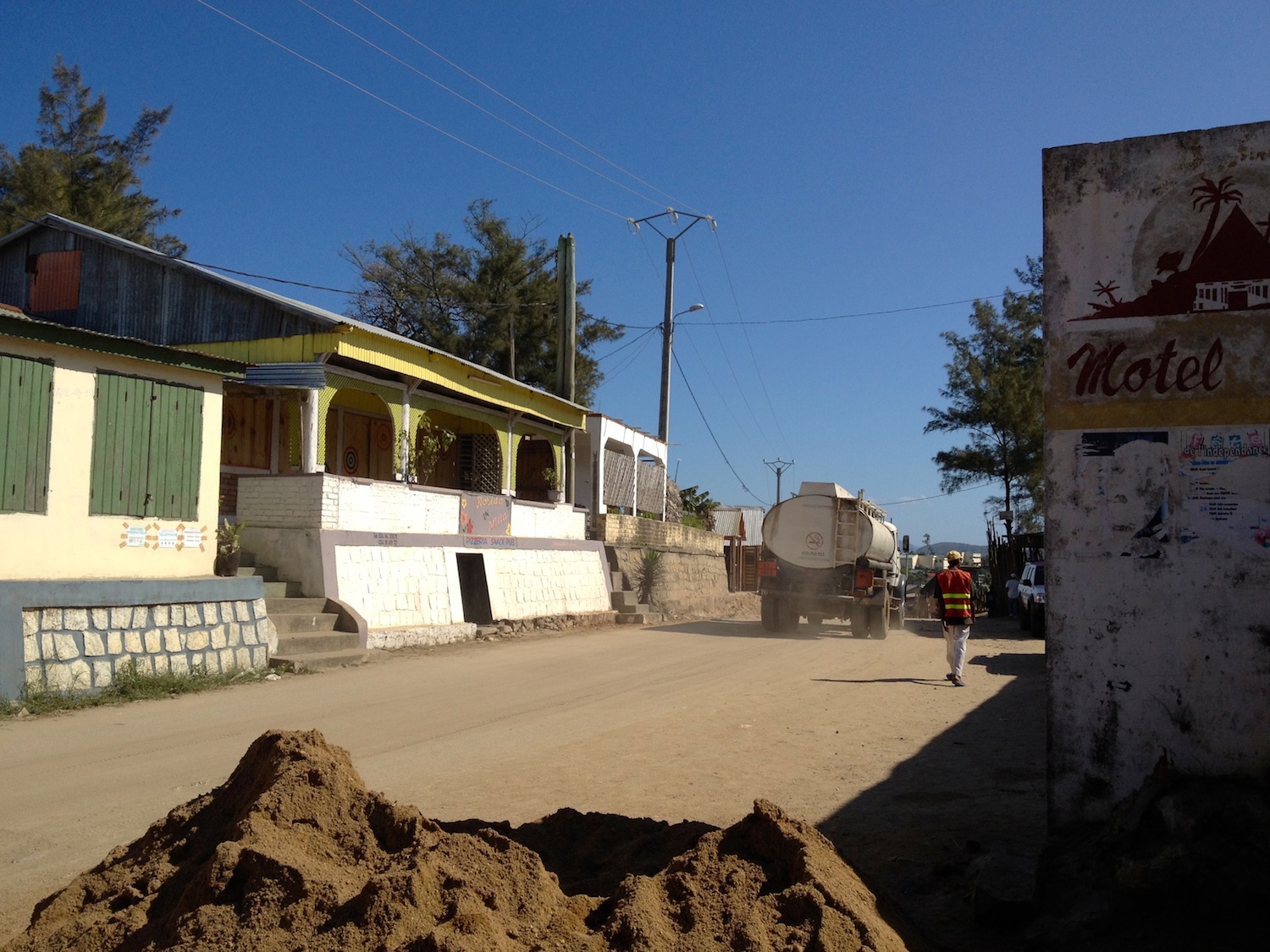
Although I spent less time on the water, I met with a mining company that is interested in doing an environmental impact study. Humpback whales, Indo-Pacific bottlenose dolphin, and spinner dolphins are found very close to the mining port and may be adversely affected by increasing ship traffic, which may increase noise pollution and cause ship strikes and entanglements. I'll know in a couple of months if they are interested in funding a project.
Reflecting on my time there, I learned so much. Things I would have never learned had I not gone out there on my own. There were low points (getting extorted [ask me about that later], isolation) and high points (made key contacts, got to hang with the whales [always the best thing]).
I even had some random city fun. I found a wonderful restaurant/bar run by a lovely lesbian couple from South Africa. They had a black bean veggie burger and steak fries that were beyond delicious. I may be biased because it was the first real food I had eaten in weeks, but it was damn good. That and they had cold beer!
Other amusing highlights from my trip:
One morning we were chased in four circles by a curious juvenile humpback whale that would only ever show us his front fluke; not useful for individual identification, but very amusing.
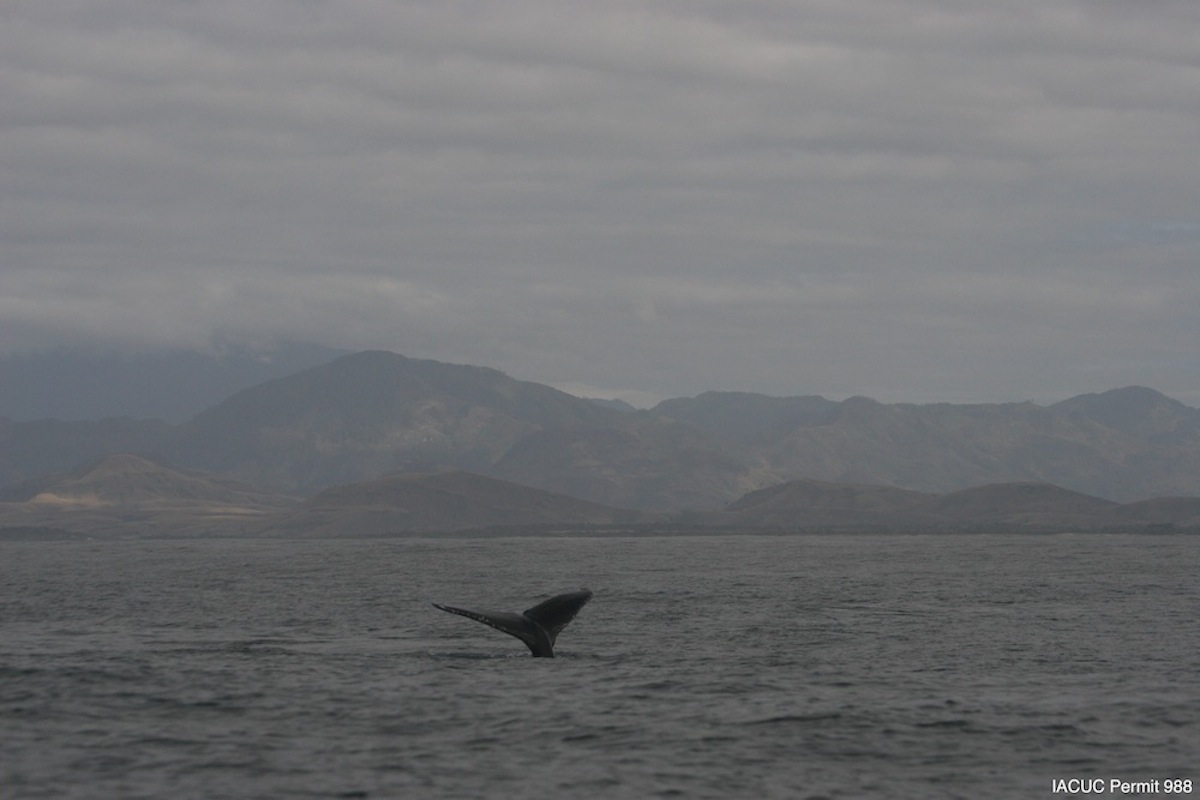
And we got to see a double fluke.

The nightclub in Fort Dauphin was extremely popular. You could hear the music from your hotel room all night. The best part was that they played all American club music. At one point I asked my translator why they listened to it and if they understood the words. He believed that they just like the way it sounded.
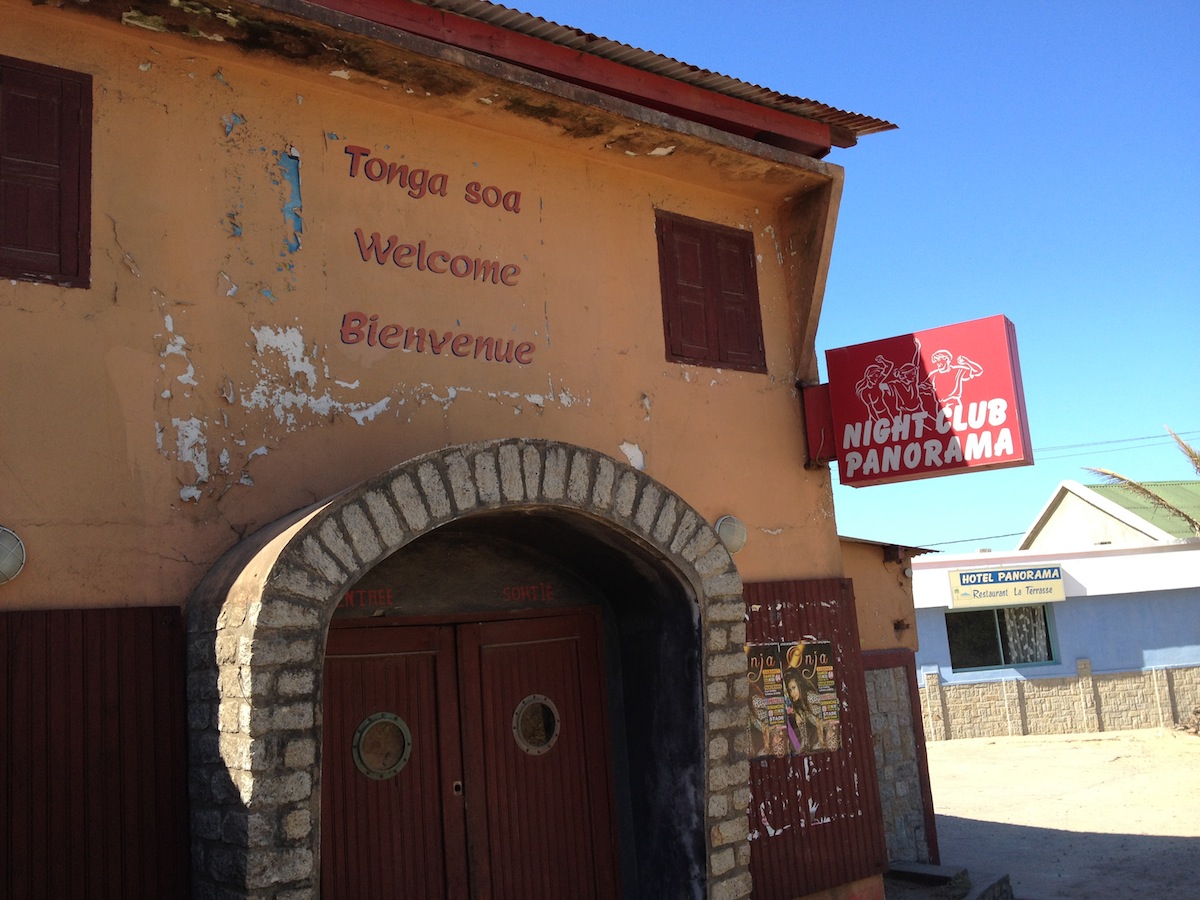
Madagascar is a beautiful place. I would definitely go back. In fact, given the connections I made while I was there, I might be working on at least side projects there extraneous to graduate school.
Feel free to stop by the lab and ask me for more stories or let me know if you have any questions about my trip! I have more pictures too. Old school slide show anyone?

